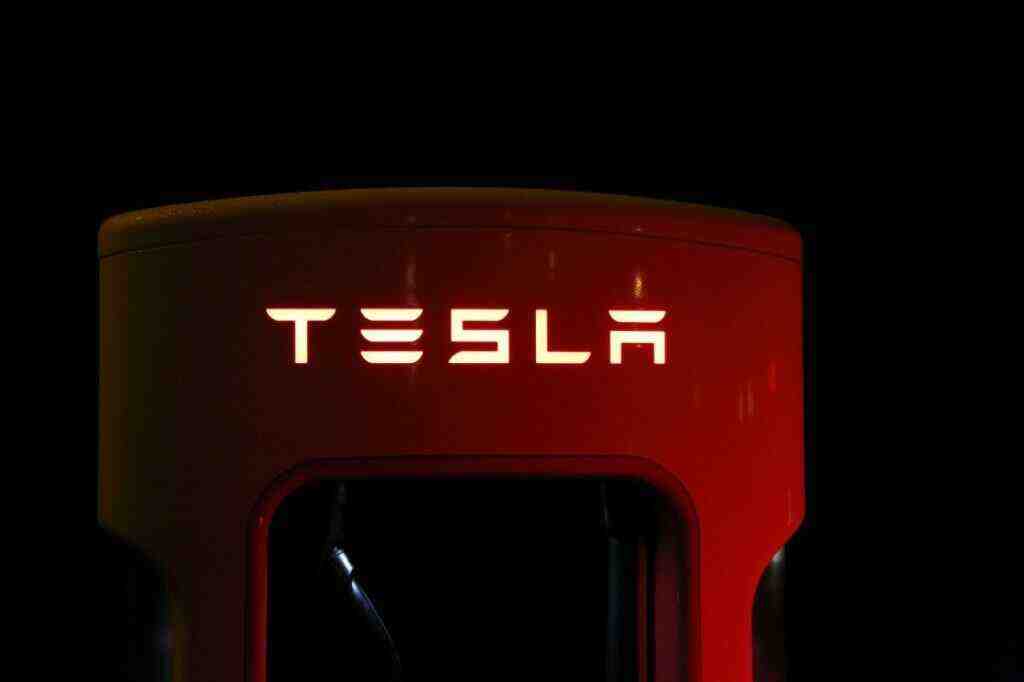The Dawn of a New Era: Tesla’s Optimus Gen 2, Robotaxis, and the Future of Robotics
In the rapidly evolving landscape of robotics, Tesla has taken a bold step forward with the introduction of Optimus Gen 2, a humanoid robot designed to redefine the boundaries of human-robot interaction. This remarkable feat of engineering showcases Tesla’s commitment to pushing the boundaries of innovation and reimagining the future of work and mobility.
Optimus Gen 2: A Technological Marvel
Optimus Gen 2 marks a significant leap in the field of robotics, boasting enhanced balance and tactile capabilities that enable it to navigate complex environments with grace and agility. Its ability to delicately pick up an egg exemplifies its precision and dexterity, paving the way for a future where robots can seamlessly integrate into our lives, performing tasks with finesse and efficiency.
The Promise of Robotaxis: A Driverless Revolution
Tesla’s vision for the future of transportation extends far beyond its electric vehicles. The company aims to introduce a fully autonomous robotaxi in 2024, a vehicle devoid of pedals and steering wheels, ushering in a new era of mobility. This ambitious project draws upon Tesla’s extensive experience in autonomous driving, with its current fleet of vehicles accumulating over 300 million miles of real-world data. The robotaxi stands to revolutionize urban transportation, offering a convenient, eco-friendly, and accessible alternative to traditional modes of travel.
The Role of Optimus in the Robotaxi Revolution
The potential synergy between Optimus and the robotaxi ecosystem is intriguing. While the exact nature of their collaboration remains uncertain, it is evident that the two entities share a symbiotic relationship. Optimus’ advanced capabilities could complement the robotaxi’s autonomous driving system, enhancing its safety and performance. Conversely, the robotaxi could serve as a mobile platform for Optimus, enabling it to navigate public spaces and execute tasks on the go.
Chipmakers Race to Meet the Demands of Robotics and Autonomous Vehicles
The rapid advancements in robotics and autonomous vehicles have placed immense demands on chipmakers to deliver cutting-edge solutions. Companies like Nvidia have responded with vigor, recognizing the transformative potential of generative AI in accelerating the development and deployment of smart robots. The unveiling of the GeForce RTX 40 Super GPU at CES 2024 underscores Nvidia’s commitment to this burgeoning field. This powerful graphics processing unit promises to unlock new possibilities for AI-driven robotics, enabling them to learn, adapt, and interact with their surroundings with unprecedented agility.
Elon Musk’s Ambitions and the Future of Tesla
Elon Musk, the visionary force behind Tesla and SpaceX, has recently made headlines with his desire to increase his voting share in Tesla, hinting at potential changes on the horizon. Investors have speculated about the possibility of a strategic alliance between Tesla and other companies, particularly in the realm of contract chipmaking. Musk’s entrepreneurial spirit and track record of disruptive innovation have fueled speculation that he may embark on a new venture outside of Tesla, leaving the company he founded to pursue fresh challenges.
A Crossroads for Tesla and the Future of Robotics
Tesla stands at a critical juncture, poised to shape the future of robotics and autonomous vehicles. The company’s ambitious plans for Optimus Gen 2, robotaxis, and its partnership with Nvidia hold immense promise. However, the uncertainty surrounding Elon Musk’s role and potential departure cast a shadow over Tesla’s trajectory. The coming months will be pivotal in determining the company’s direction and its impact on the rapidly evolving landscape of robotics and autonomous vehicles.
The Significance of Elon Musk’s Leadership
Bill Gates, in his book “Elon Musk”, aptly captures the essence of Musk’s impact: “You can feel whatever you want about Elon Musk’s behavior, but there is no one in our time who has done more to push the bounds of science and innovation than he has.” Musk’s unwavering dedication to pushing the boundaries of technology has propelled Tesla to the forefront of innovation. His leadership has been instrumental in driving the company’s ambitious projects, including Optimus Gen 2, robotaxis, and the exploration of generative AI.
Conclusion: A Glimpse into the Future
As we look ahead, the future of robotics and autonomous vehicles appears both exhilarating and uncertain. Tesla’s Optimus Gen 2, the promise of robotaxis, and the potential for generative AI to transform the industry paint a picture of a world where robots and autonomous vehicles seamlessly coexist with humans. However, the path forward is not without its challenges. The regulatory landscape, ethical considerations, and the need for robust infrastructure must all be carefully navigated. As we embrace this new era of technological advancement, it is imperative that we proceed with thoughtful consideration, ensuring that the benefits of robotics and autonomous vehicles are realized while mitigating potential risks.
Call to Action: Stay informed about the latest developments in robotics and autonomous vehicles by subscribing to our newsletter and following us on social media. Together, let’s shape the future of technology and mobility.
